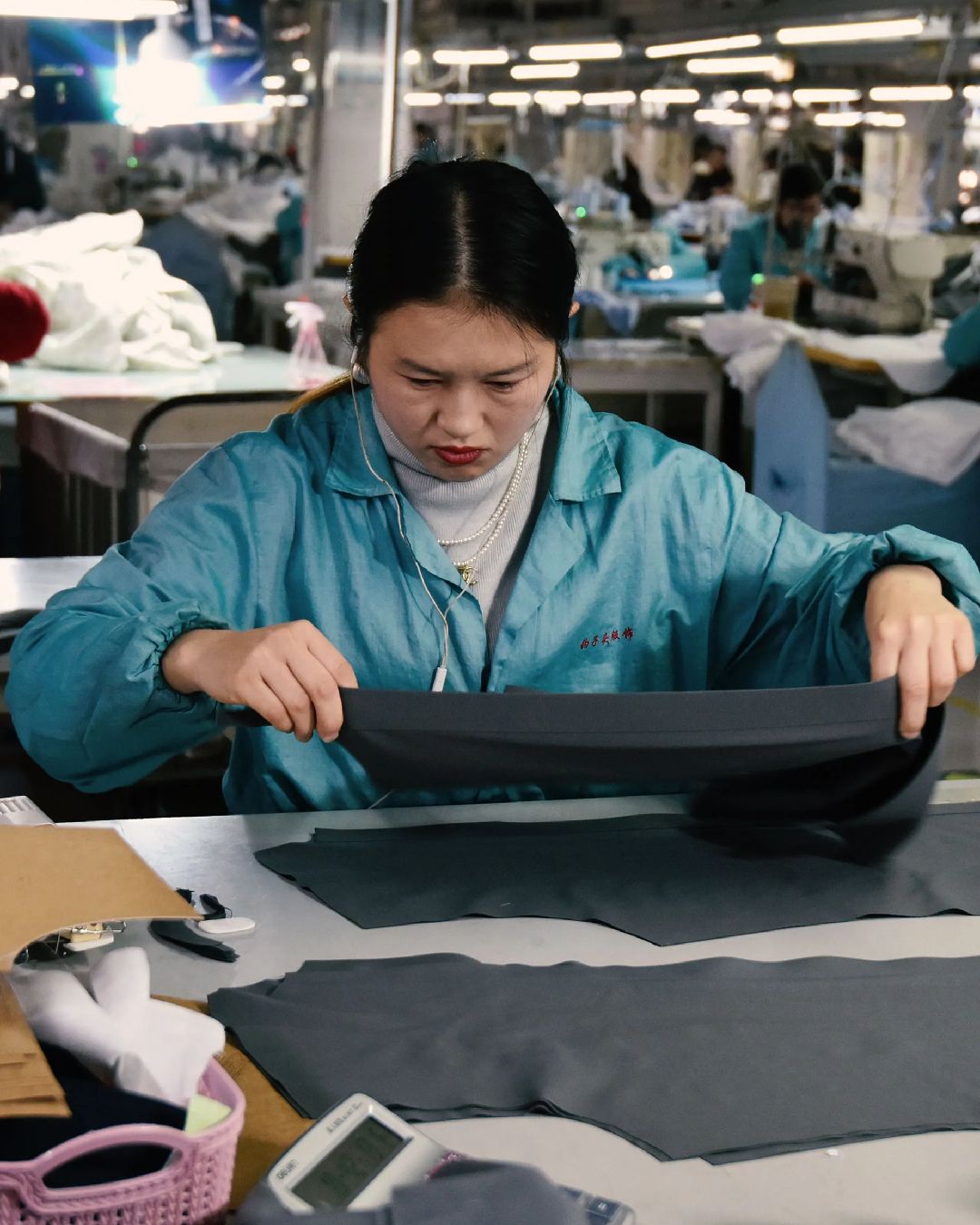
Made in Italy shoes sell more and more, but growth drops The entire industry has returned to the same levels as in 2019, but some companies are struggling
The Italian footwear sector is experiencing a very positive recovery phase, as shown by the recent report by the Confindustria Moda Study Center for Assocalzaturifici. In the first quarter of 2023, the sector recorded a 13.6 percent growth in turnover compared to the same period of the previous year, confirming the sector's steady growth trend, which set a new record in 2022 with a turnover of 12.65 billion euros, up 23 percent compared to 2021. The trade balance also increased by 21 percent with exports increasing in value by 16.1 percent. The Italian market is also showing signs of recovery, with household purchases up 8.2% in the first three months of 2022 compared to the same period last year.
What are the problems of the Italian footwear industry?
The top 20 international destinations all show significant increases but, in terms of volume, there is a slowdown in exports to North America (-19.4 percent), Germany (-8.8 percent), the United Kingdom (-10.1 percent) and in flows to Switzerland (-24.8 percent), the traditional logistics hub for luxury brands. Other elements of concern are a weakening of growth, especially in terms of volume. for several manufactures that expect a gradual deceleration of growth in the coming quarters. Negative signs are already visible in the comparison with the first quarter of the previous year, with a slight decrease in exported quantities (-2 percent) and production (-1 percent according to the ISTAT index of industrial production). High energy and raw material costs are currently the main concern for producers. In addition, a tightening of bank credit supply has been observed in recent months, as reported by the Bank of Italy and Istat. Thirty-nine percent of companies in the sample reported worsening access to credit, while this percentage rises to 51 percent when considering only those companies that currently use credit. In addition, 84 percent of entrepreneurs in the sector believe that finding skilled labor is a major problem for their companies.














































